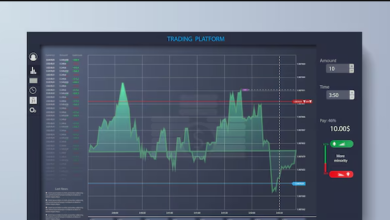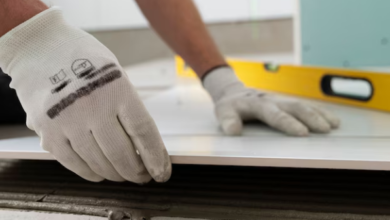How TradingView Charts Help Detect Divergence in Dutch Tech Stocks
Many traders are being drawn to the Dutch tech industry because of its dynamic and volatile nature. Noticing any changes in how the price and momentum indicators are diverging can provide useful hints about coming trend changes. Divergence appears when the prices of a stock move differently than what the technical indicators are hinting. If these trends are picked up right away, Dutch traders end up ahead of the rest. These situations make TradingView charts’ flexibility and clarity useful.
It may be challenging to notice that companies are diverging right away. For investors handling tech stocks which can show sudden jumps and big dips, accurately noticing tiny differences between price and indicators is built over time and the use of helpful tools. Sharp images and good visibility are very important. This is the reason charts with many indicators, zoom-in options, and customization are necessary to capture divergence warnings in time.
People often depend on the Relative Strength Index (RSI), Moving Average Convergence Divergence (MACD) and Stochastic Oscillator to look for divergences. For instance, when a semiconductor stock from the Netherlands makes a new record high but its RSI forms a lower high. It could be showing that the momentum is weakening and a downturn might soon happen. These indicators can be layered onto charts through TradingView, so minimal clutter makes it easier for traders to understand what is happening.
Dutch technology companies are sensitive to changes in interest rates, laws and new developments from around the world. Such events usually lead to a quick increase in buying or selling activity. Having several indicators confirm the setups helps traders in this type of market. The multi-pane view in TradingView makes it possible to view MACD histogram and RSI on the same screen, giving more certainty to the trade idea.
The option to easily set timeframes is also a top benefit. Sometimes there is clear divergence on the four-hour chart that does not appear at all on the daily chart. Businesses that monitor intraday and daily charts are more likely to forecast how fast-moving tech names will move. In the Dutch market which sometimes has lower liquidity for stocks, it pays to be flexible because news can lead to large stock price swings.
Another aspect that adds insight is volume divergence. A stock that is going up in price but sees lower trading activity is generally something to be suspicious of. TradingView charts use volume overlays and scripts to point out when volume does not support a price change. The signal gets stronger when this happens in addition to RSI or MACD divergence. Tech traders have the opportunity to design their own divergence indicators which the platform also supports.
Many traders who have traded for some time rely on alerts to be aware of possible divergences. Alerts in TradingView work for price levels and also for indicator signals or crossing points that commonly happen before divergence. Being automated allows investors to act more quickly, especially with numerous Dutch tech stocks.
Monitoring for changes in a process is as much about experience as it is about research. This requires accuracy, the ability to discover patterns and a platform that organizes information clearly. Traders in the Netherlands use TradingView charts to precisely notice those moments, so they can take action before prices shift in a competitive tech industry.
Read More Articles: https://theglobalnewz.com/




